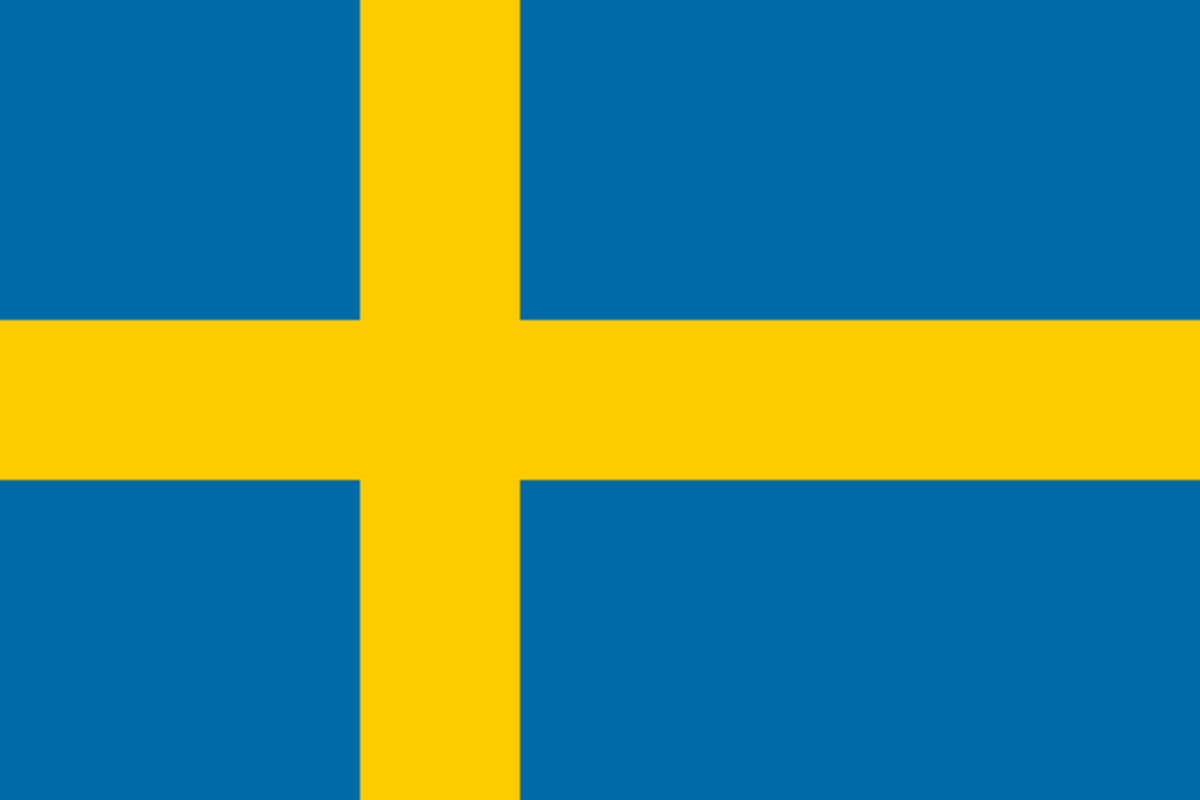The national animal of Sweden is the Eurasian elk. This is known as the moose in American English. These are solitary animals which do not travel in herds like other forms of deer. They are common in the Swedish wilds and are a very important national symbol for a variety of reasons.
Sweden is known for its beautiful countryside and diverse fauna, and the moose is undoubtedly one of the most imposing and impressive of its native animals.
It is the largest animal in its broader family of organisms and has been important to national mythology for a very long time.
Let’s find out more.

What is the national animal of Sweden?
The national animal of Sweden is the Eurasian elk, also known as the moose in North America.
This animal is native to the country and can be found extensively throughout its forests, lowlands and mountainous regions.
They tend to inhabit boreal forests and mixed forests, usually in temperate to subarctic climates.
Today, its range is considerably reduced compared to what it was in the past due to hunting and human encroachment on its territory.
They are not, though, under any serious immediate danger of extinction.
They eat both terrestrial and aquatic plant life, and are fairly versatile in what they can feed on.
They have a number of natural predators including wolves and bears, and sometimes more rarely wolverines.
In some cases, when moose are feeding on aquatic plants, they are sometimes hunted by orca.
Unlike many other deer species, they do not form large herds and are solitary animals except for the 18 month period after the birth of a calf.
They tend to be sedentary and slow moving, though they will become aggressive and this can be very dangerous if they are angered or startled.
Bull moose have antlers like other deer, and the size of these antlers reflects the health of the animal.
The larger the antlers, the better that individual moose is eating.
Cows will often select mates based on the size of their antlers, not to mention the fact that males will use them to fight one another in competition for females.
Cows do not grow antlers, though in very rare cases they can do—but this is generally simply down to hormone imbalance.
Animals of this kind are very common in Sweden and in the more northerly parts of the world in the subarctic, so they are a fairly common sight in Sweden if you know where to look.
Why, though, are they a national symbol?
Why is the moose the national animal of Sweden?
Sweden takes great pride in its natural beauty, and the country sees the Eurasian elk as a symbol of that beauty.
They embody the majesty and dignity of Sweden’s natural landscape, and until you’ve seen one up close it can be difficult to fully appreciate just how large these animals are.
They can grow as much as two metres across and as high as eight feet. They are the largest members of the deer family by quite some way.
They are majestic, large, and at the same time very intelligent.
Swedish people have a special relationship with elk because they are so common in the country, and seeing one is not at all a rare sight in the right places.
Sweden has the densest elk population of any country in the world, though most elk on the whole are found elsewhere.
So, it’s hard to imagine Sweden and its history without it being intricately tied to the presence of the moose.
They have always been around and have been important both symbolically and physically, providing food and skins for Swedish people since long before “Sweden” as we know it really existed.
What about this moose/elk distinction, then?
Is it moose or elk?
Moose and elk are the same animal, though in Sweden they are called elk rather than moose.
It’s simply a question of nomenclature.
In Sweden, it is called an elk; in North America they are called moose.
They are the same species, the Latin name being Alces alces.
However, to confuse things a bit further, in North America there is a separate species called an elk.
This is found in North America, Central and Eastern Asia.
They are an entirely distinct species.
So, if you are American, what you would call a moose is what in Sweden would be called an elk.
Where do Eurasian elk live?
The Eurasian elk is found over a fairly wide range, mostly living in woodland habitats in northern and eastern Europe.
They are found throughout Scandinavia, including Norway, Sweden, and Denmark, and they can also be found in Poland, the Czech Republic, Russia, Kazakhstan and China.
They usually prefer to live closer to the water and are often found in the damp, marshy habitats of wetland and swampland.
Eurasian elk, as mentioned, once had a much larger range though that has been reduced by a combination of factors, but they can still be found over a very wide range.
So, an elk in Sweden is what you would call a moose in North America, though naturally time and distance have separated the North American moose from the Eurasian elk in a number of ways.
In any case, they are the same animal and this animal is a very important Swedish symbol.
They are very plentiful in the country and can be found extensively throughout its wild areas.
